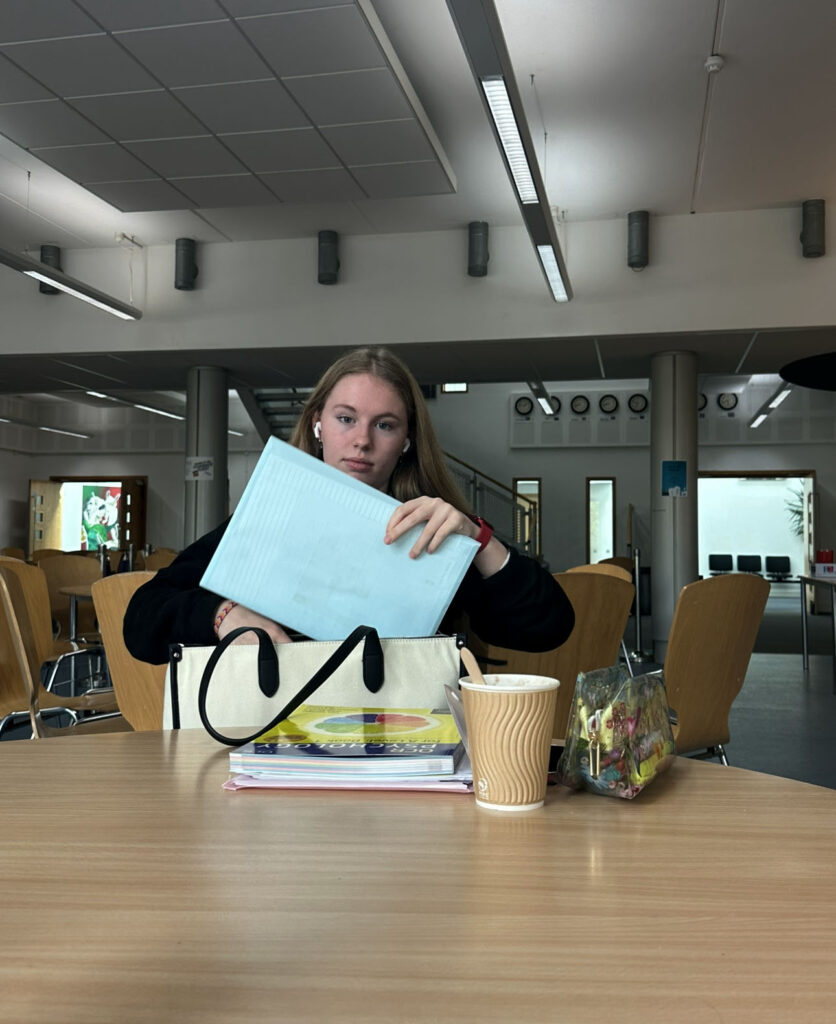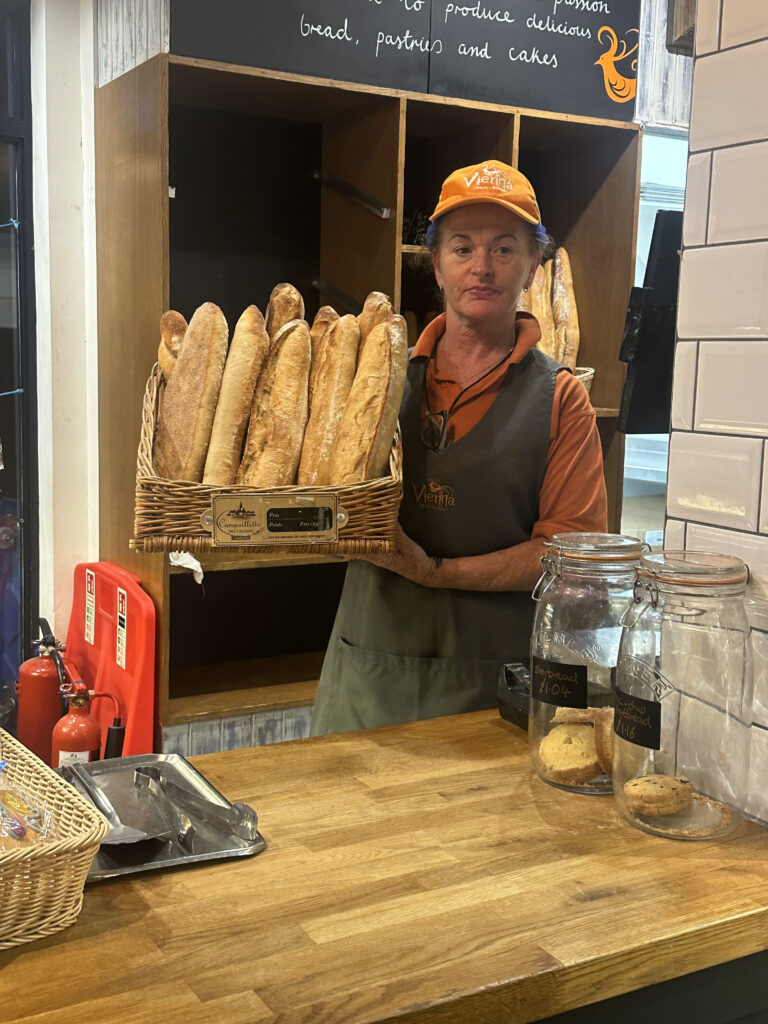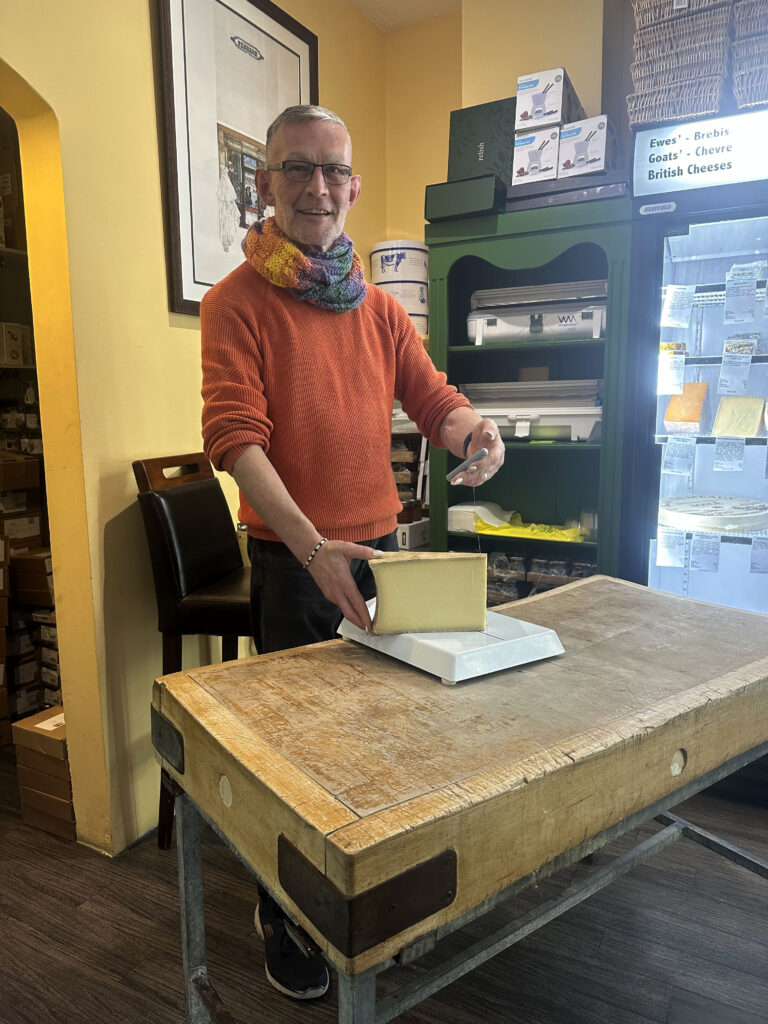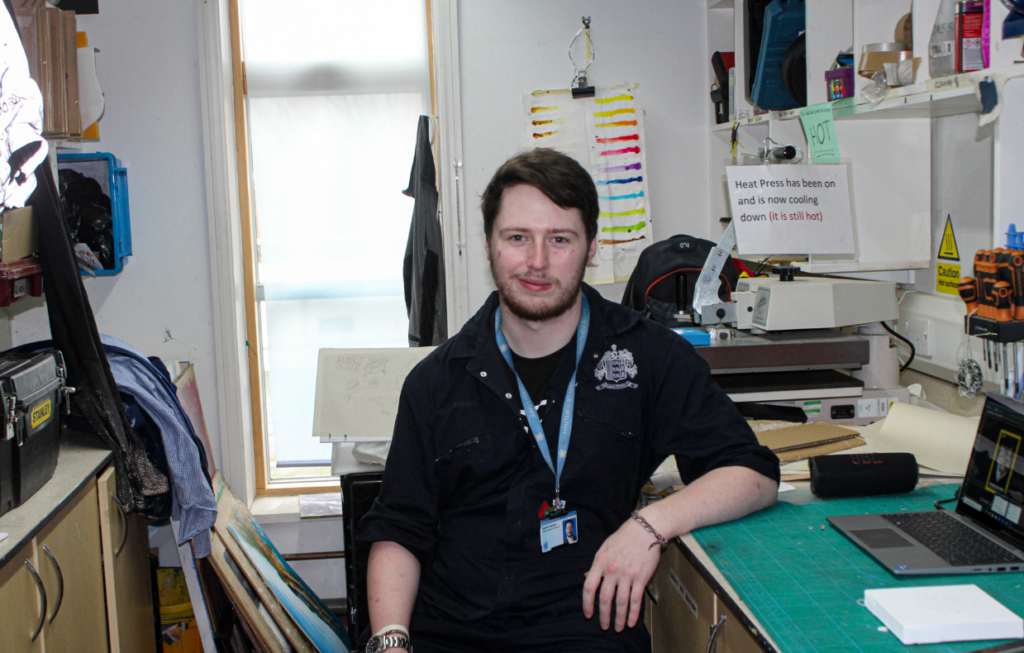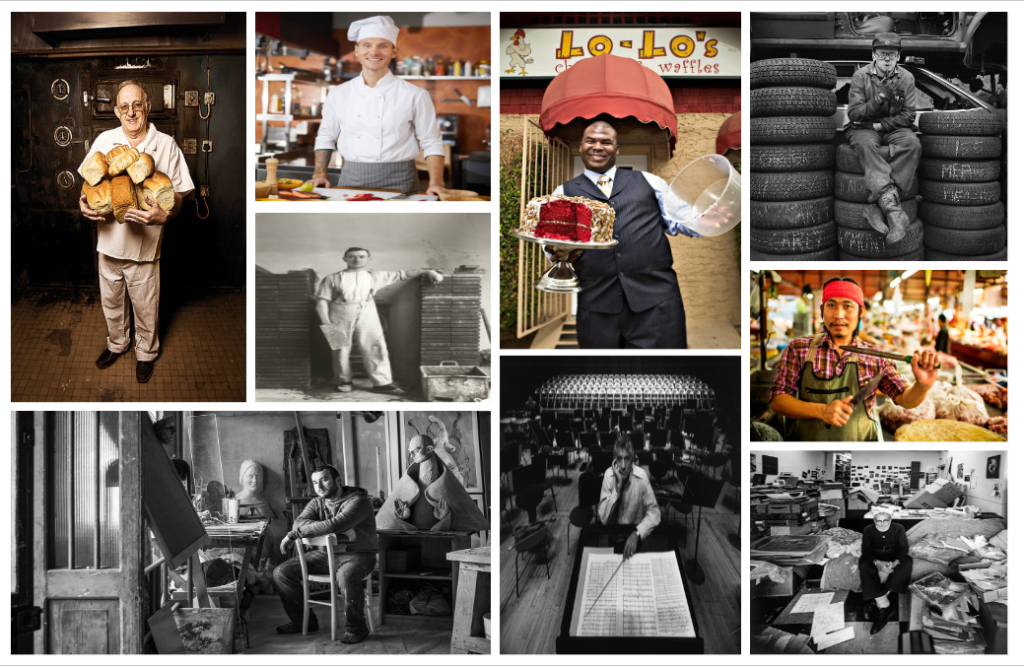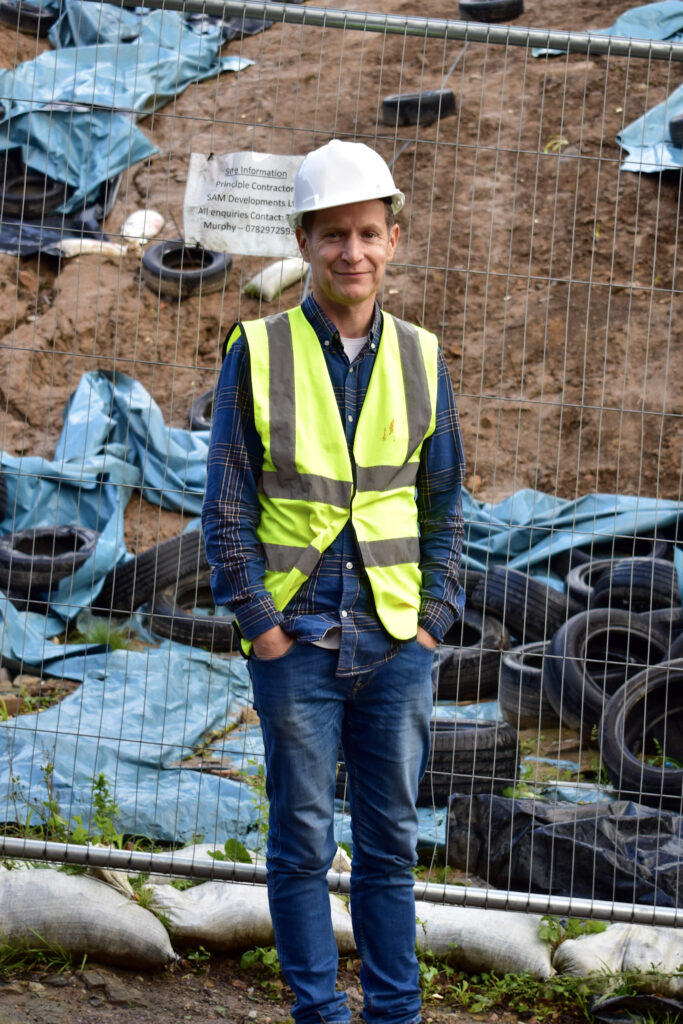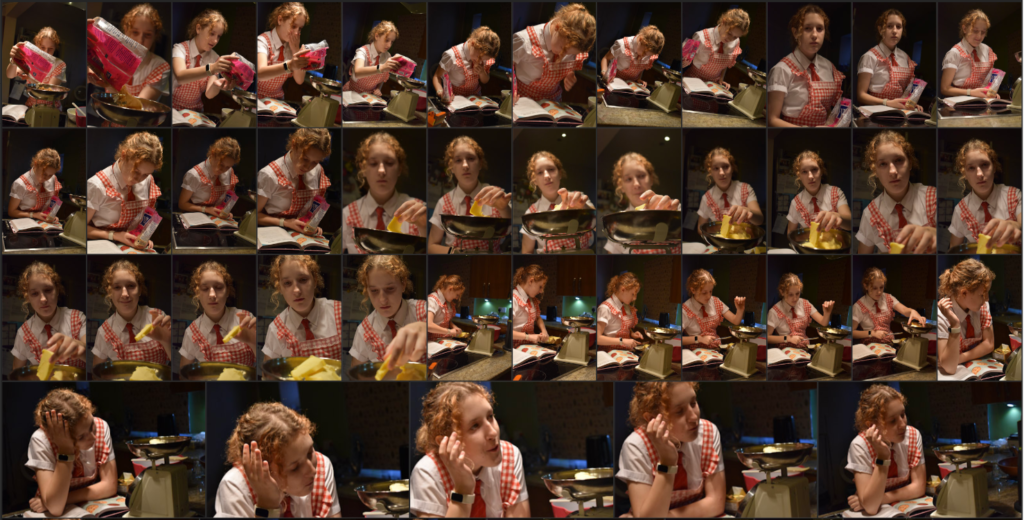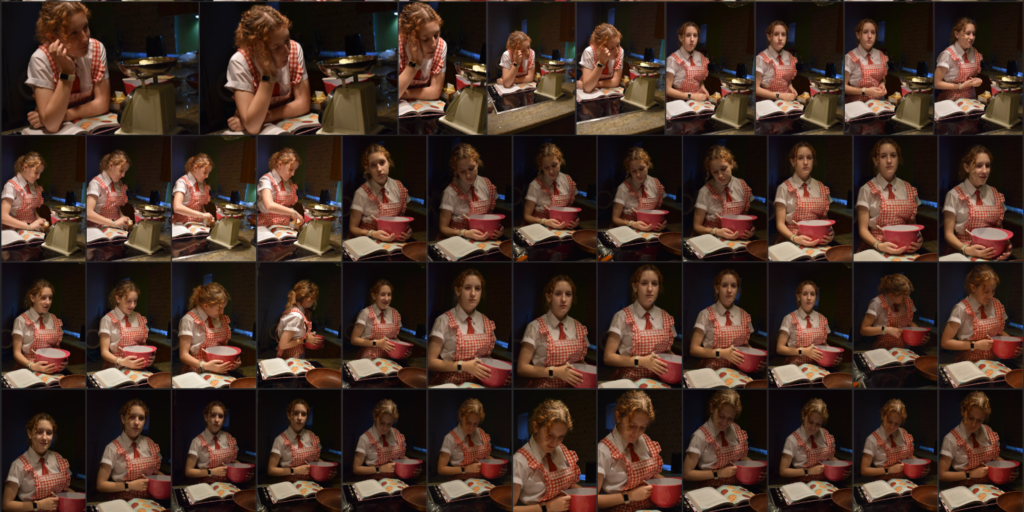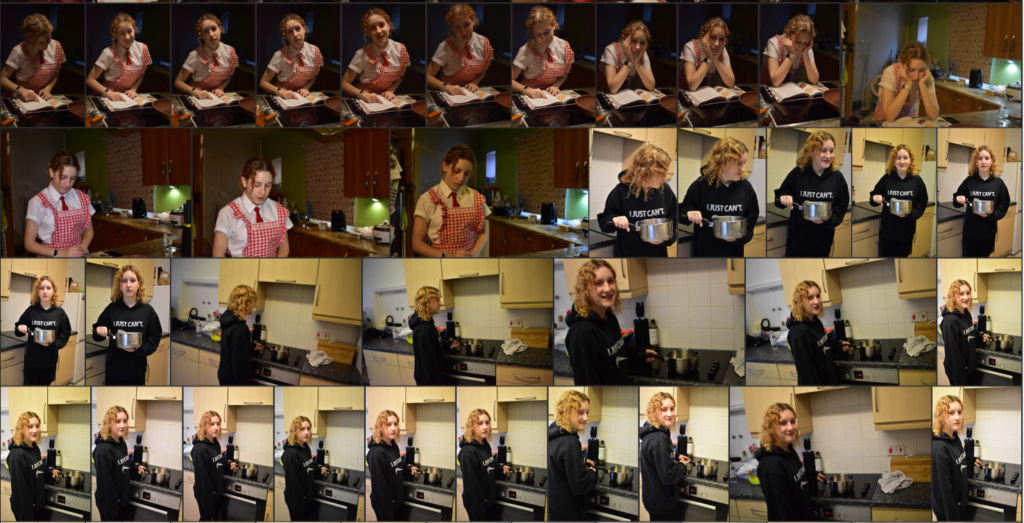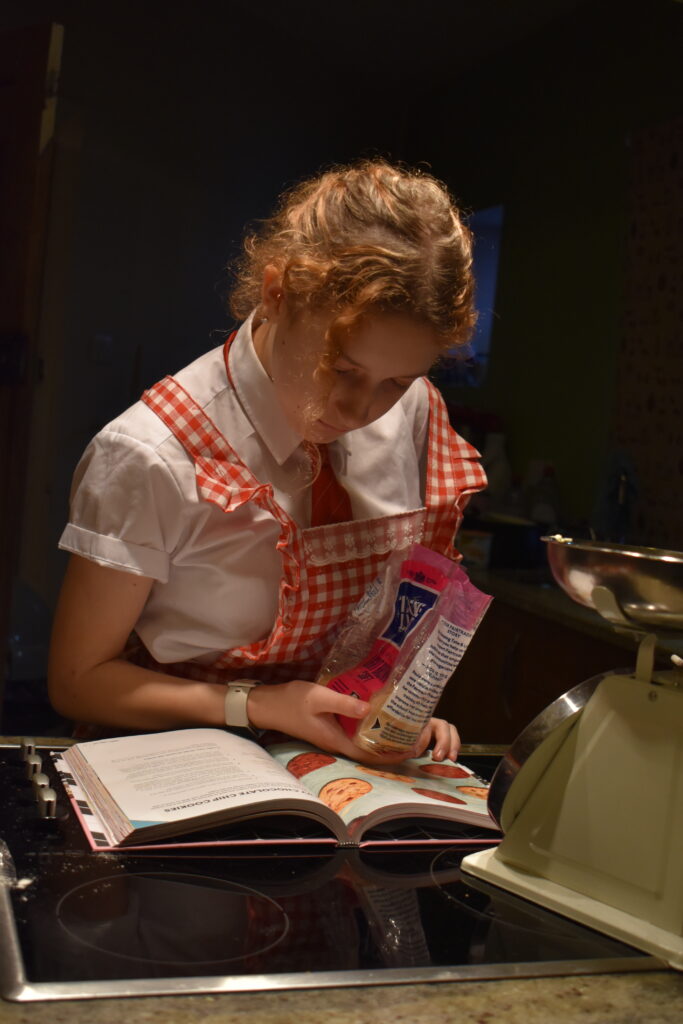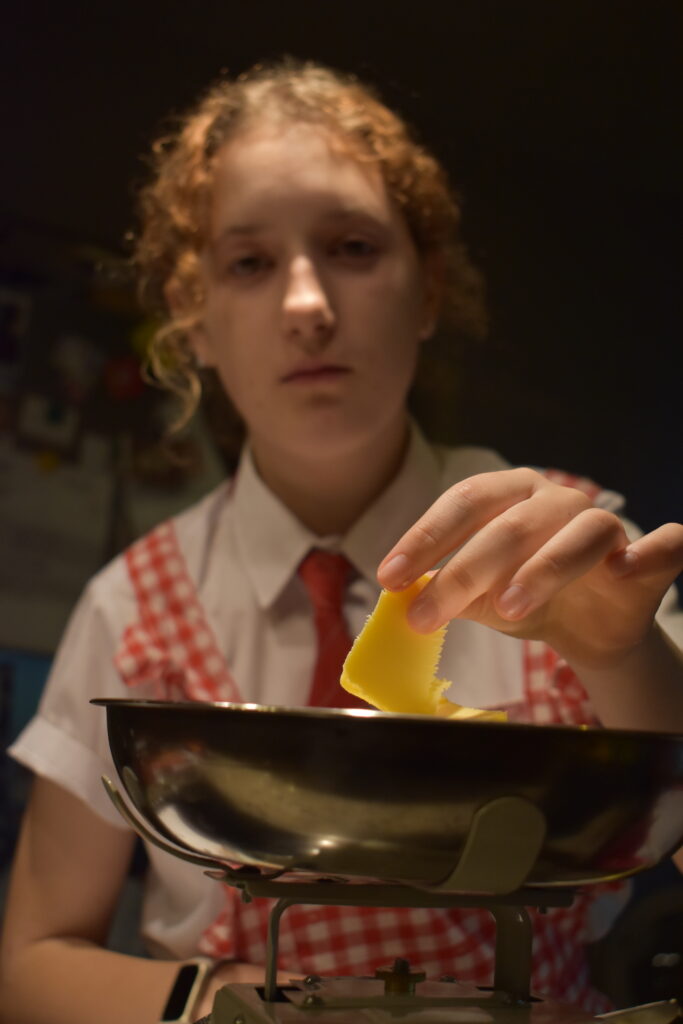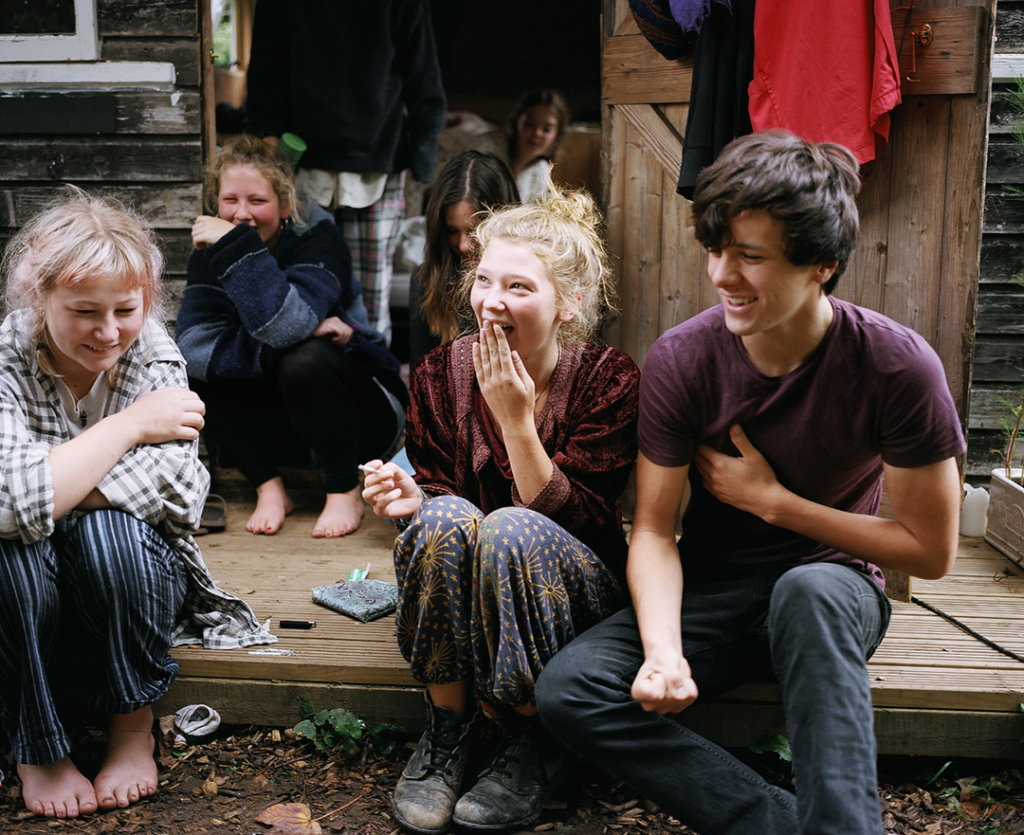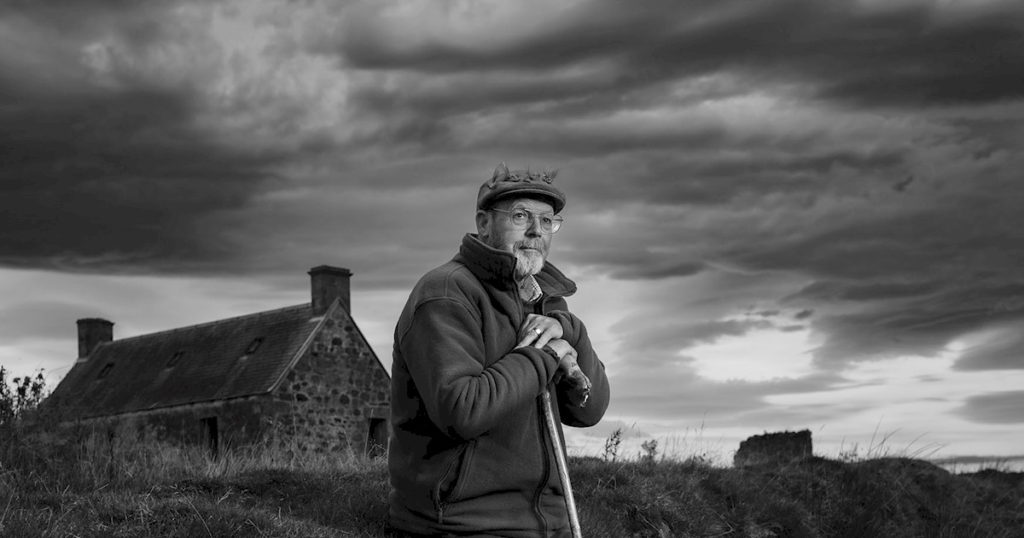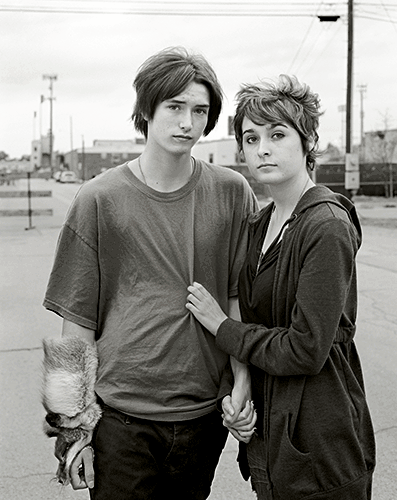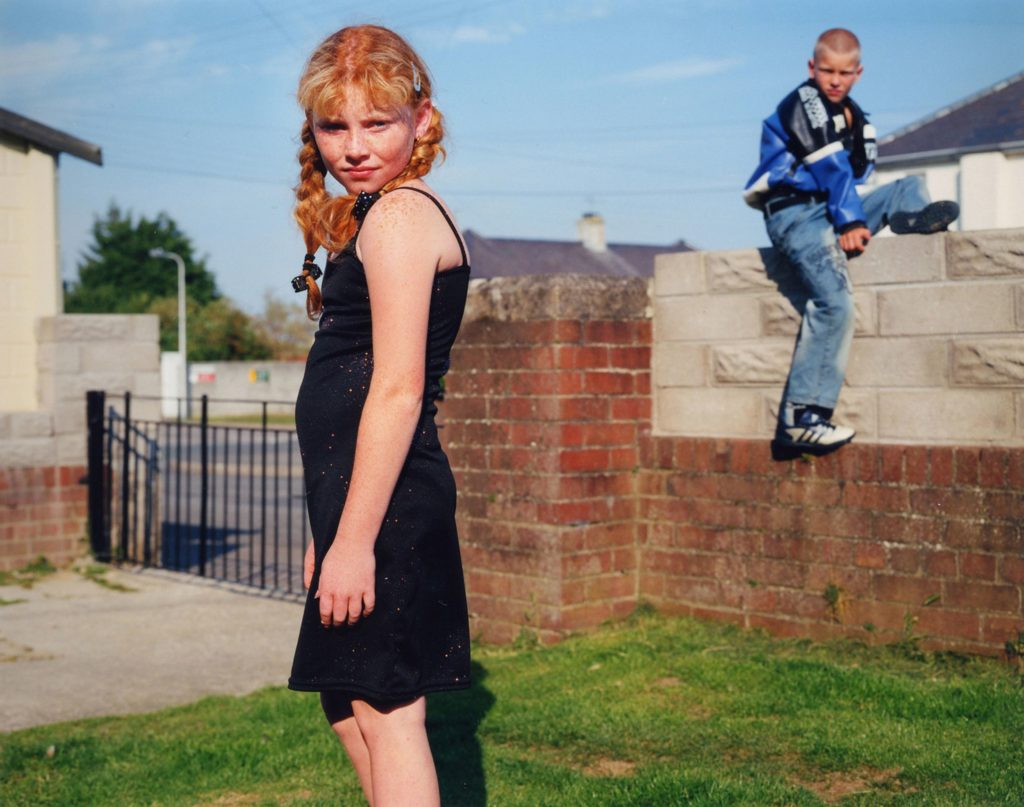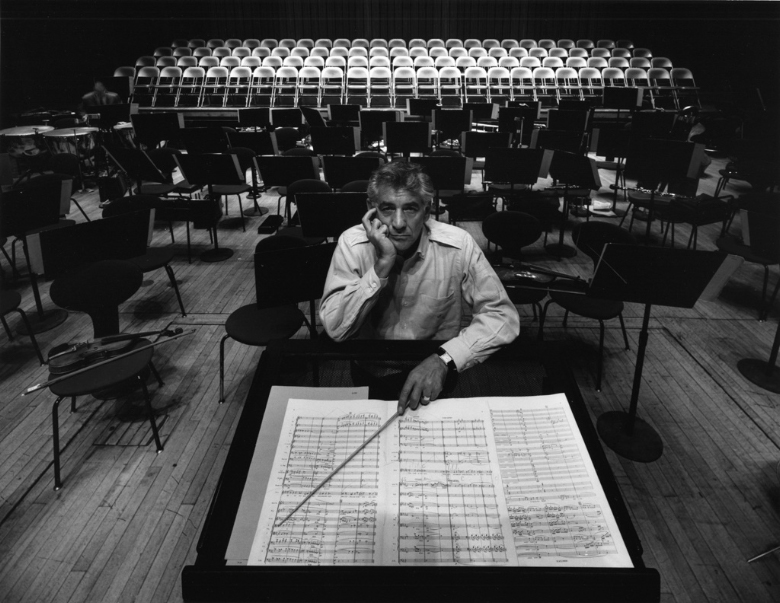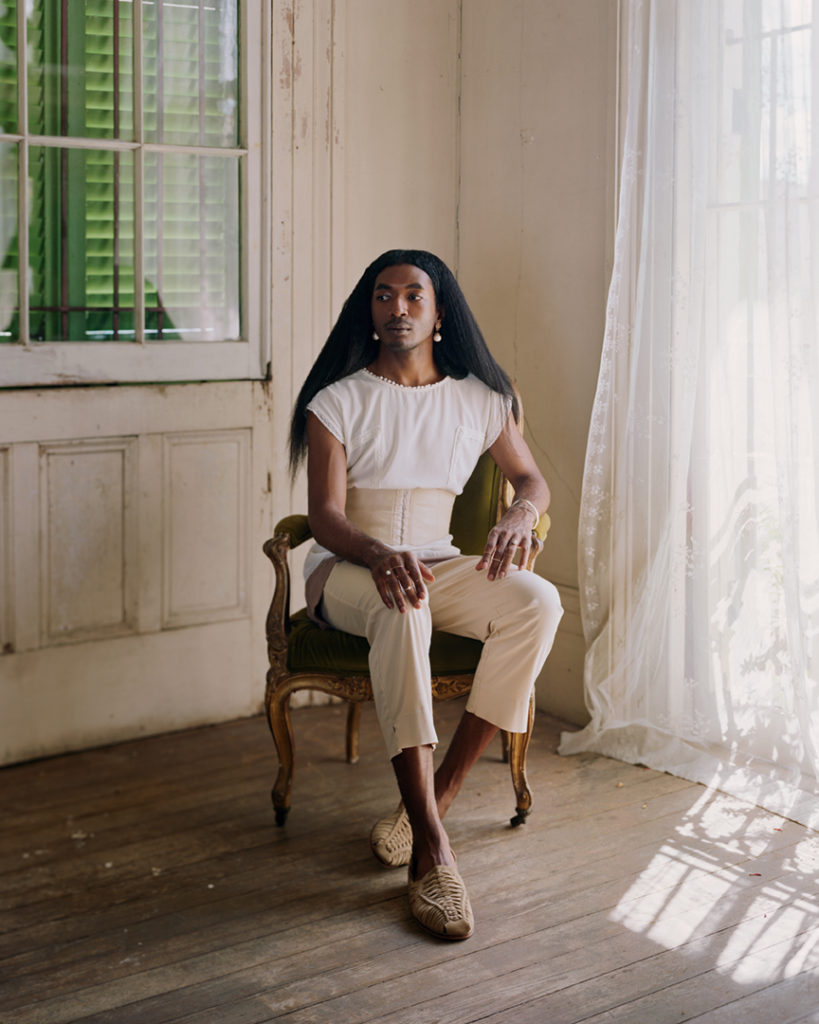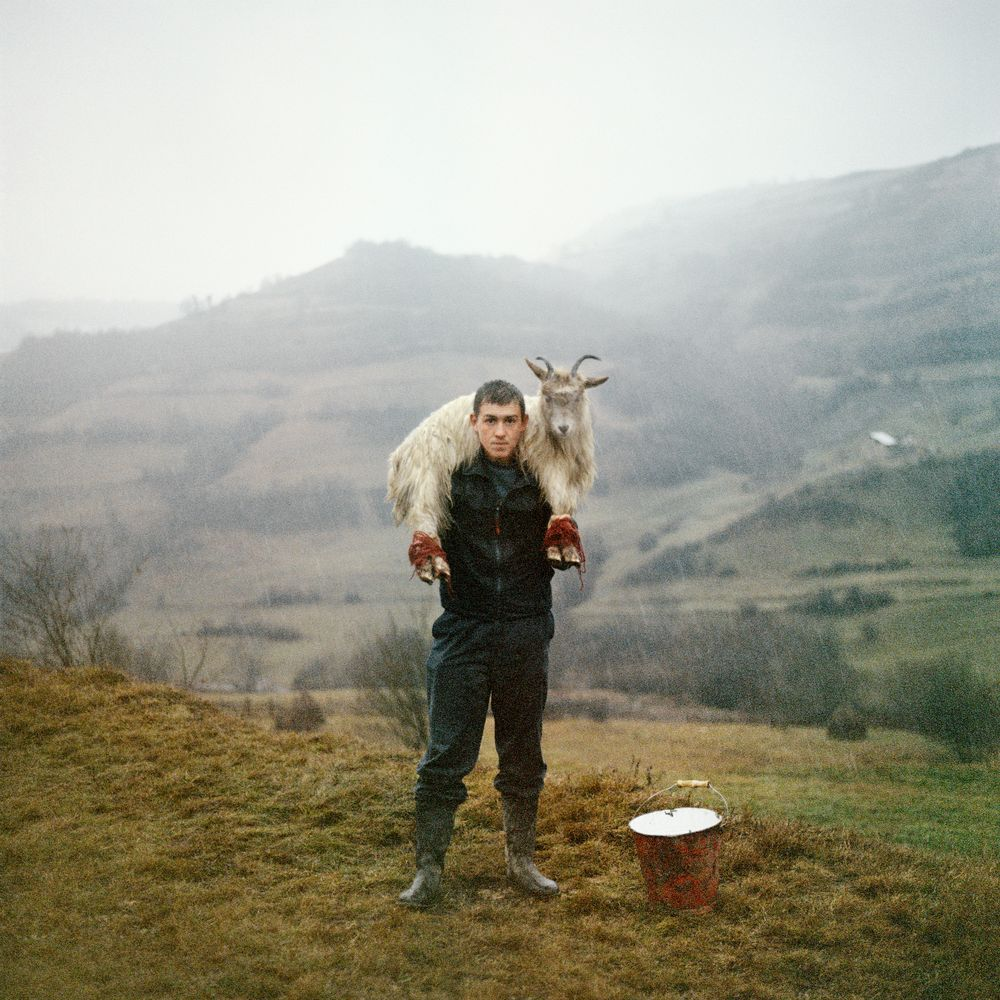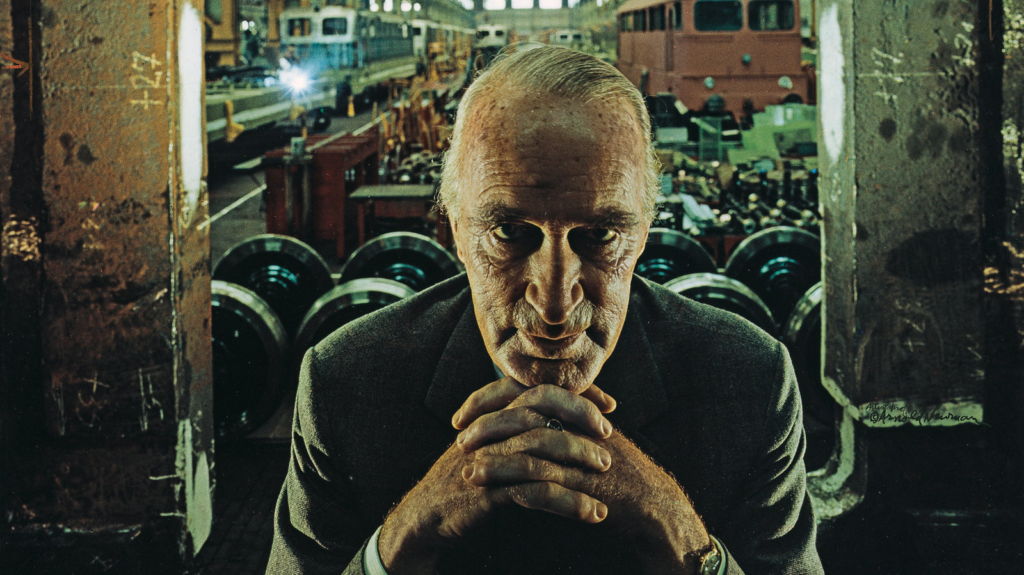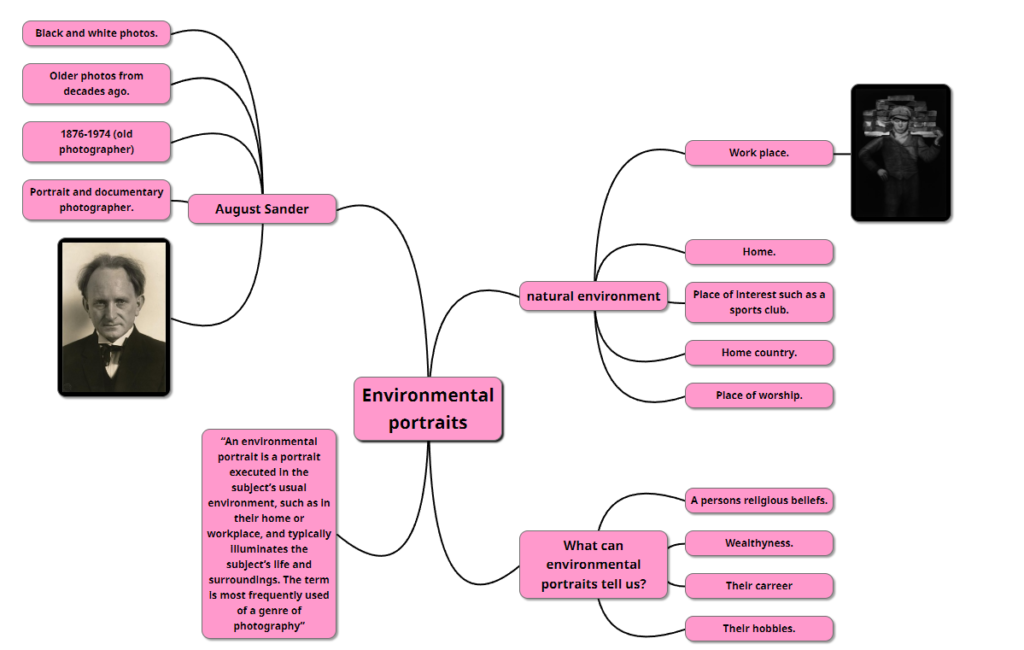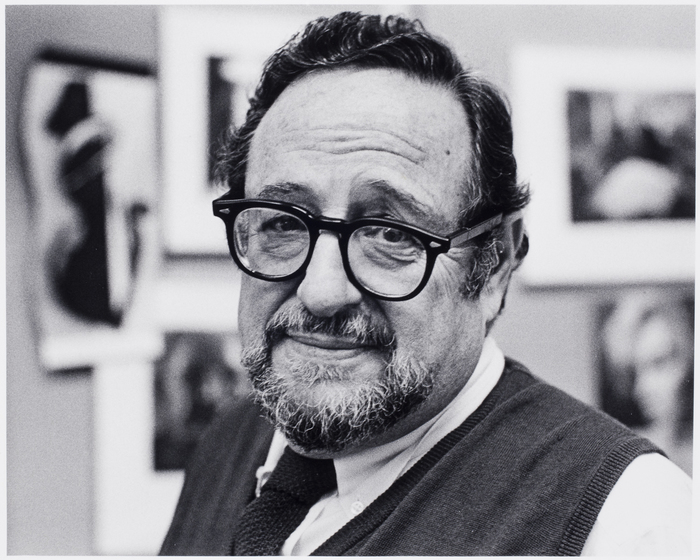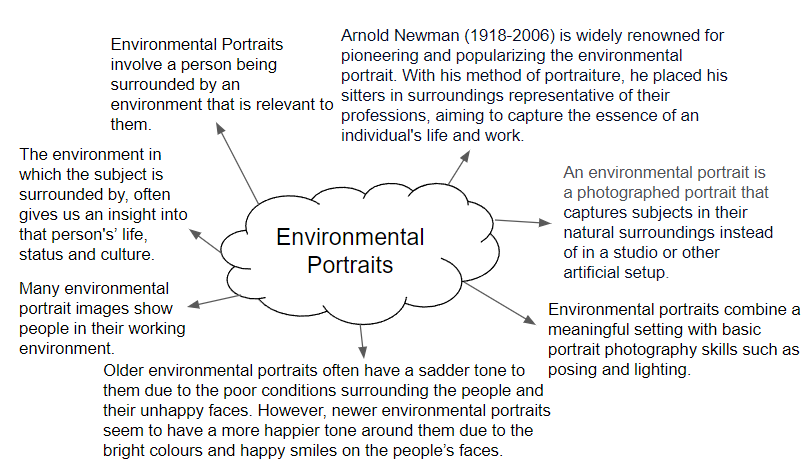Contact Sheet:

For this photoshoot, I took pictures of various people in places I either associate them in or their place of work. I did a total of 3 different photoshoots: family/friends, school teachers and finally people who worked at the market in town.

For this first photoshoot, I took pictures of my friends in a variety of different places that I associate them with or of them doing something they love. I used natural lighting in the majority of my pictures as they were mainly taken outside. I like these images as they give off a positive vibe due to the smiles and bright colours seen in the photographs. As the people I photographed were in places they liked/ were familiar with I think it helped them to be more comfortable and willing to pose. However, I wanted to photograph people in their work environment too as seen in Arnold Newman’s work, and so I did another photoshoot.

For this photoshoot, I went around school with a DSLR camera and took pictures of various teachers who were willing to be photographed. I tried to take my photos in both portrait and landscape in order to get more variety in my images. One problem that I encountered whilst taking my photographs was that most teachers were busy or didn’t want to be photographed, limiting the amount of photos I got. Additionally, a lot of my photographs came out blurry but I managed to fix the majority of them by using Lightroom and changing the clarity and texture of them.

For my last environmental photoshoot, I took pictures of various people who worked at the market in town. The lighting in the market was a bit dark in some places causing some of my images to turn out not as well as I expected as a shadow would be cast over my subject. However, I feel this photoshoot gave me a good insight into what environmental portrait photography is really like. Another positive aspect of this photoshoot is I felt it helped build my confidence as I had to ask a variety of strangers if I could take photos of them, which was out of my comfort zone.
Final Images:
I chose these images as my final outcomes for my photoshoot on environmental portraits. I like the bright colours seen in the images as they help to create a positive tone in the photographs. Additionally, I like the clarity and quality of my images. I think I managed to successfully portray the theme of environmental portraits in my work as I got various images of either my friends in an environment in which I associate them with, strangers doing their job in the market and teachers at work (which is what environmental portraits is all about).
One thing I would like to also experiment with when taking environmental portraits is creating more melancholy images which could arouse an emotional response in my audience. This is because in many of the environmental portraits I looked at when researching about it had more of a sadder tone to it due to the black and white colours and sad expressions seen on the people’s faces. I think its important that I photograph both the positive aspects of life but also the negative.

